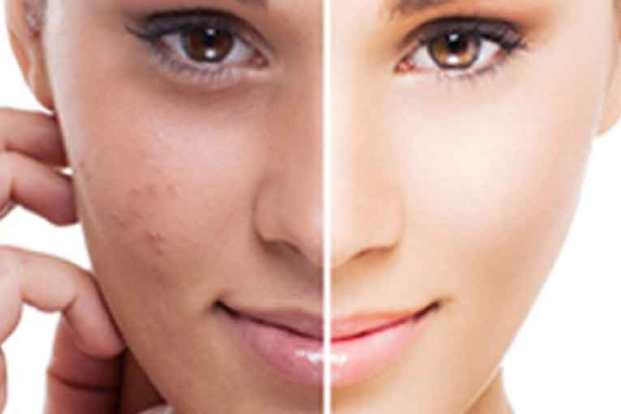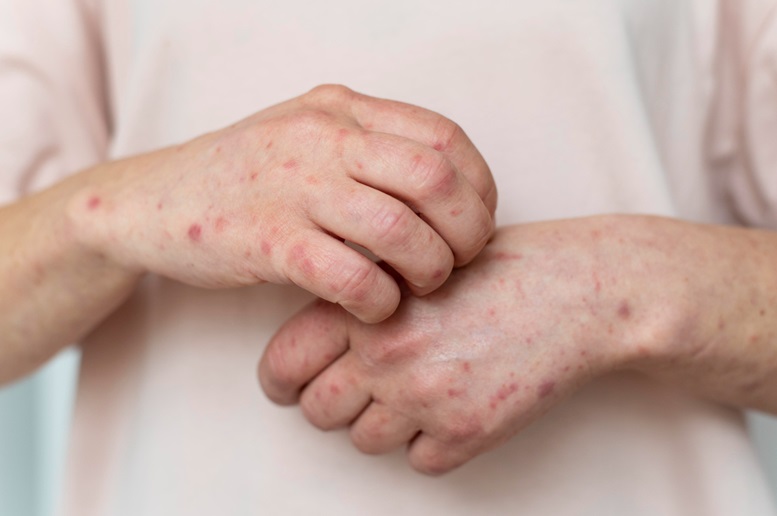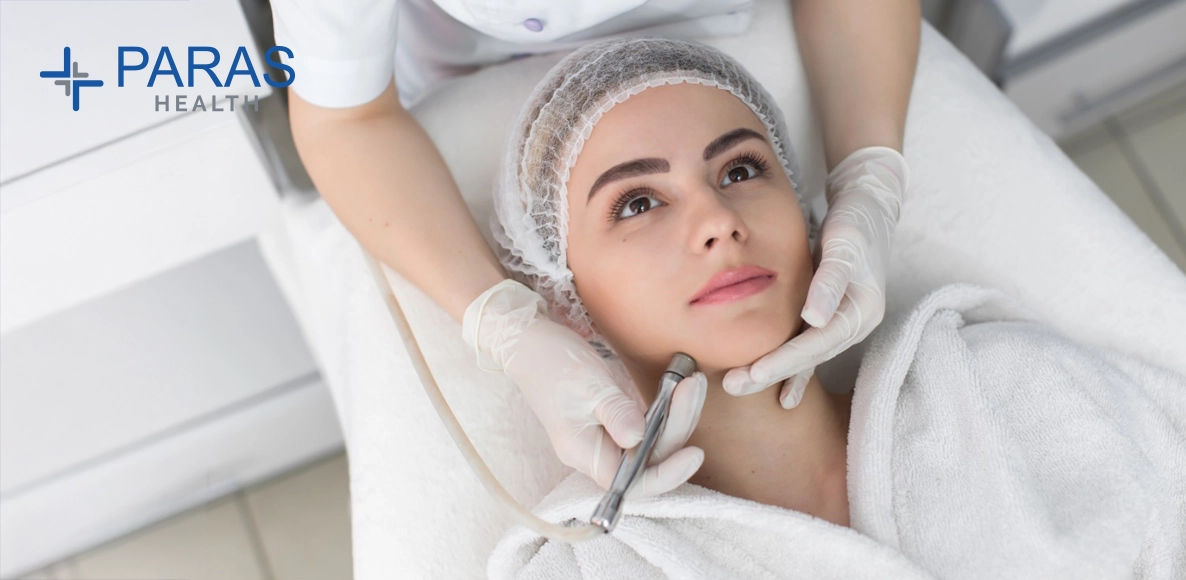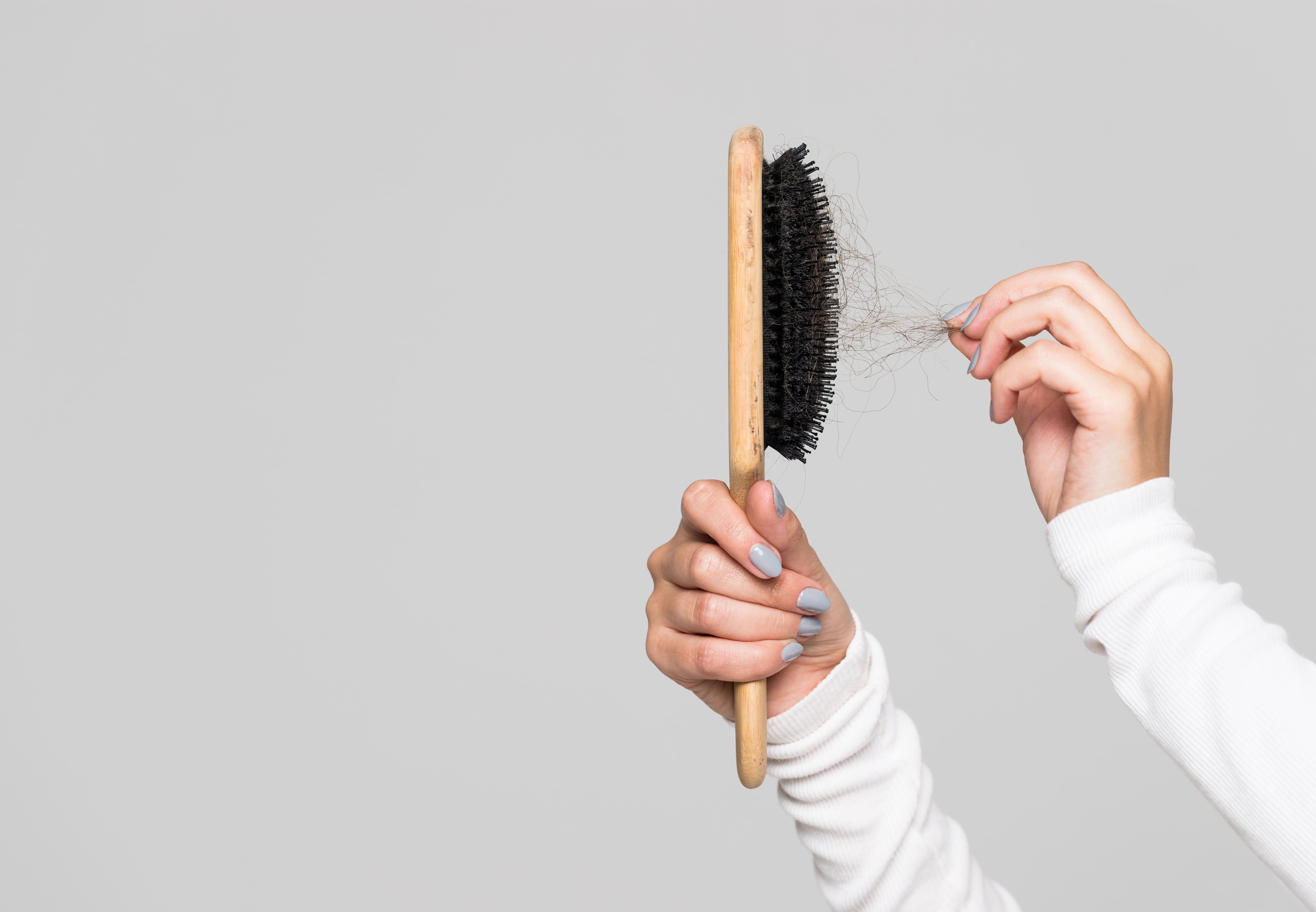Benefits and Risks of Laser Resurfacing

Apr 19, 2022
Although skin resurfacing cannot produce perfect skin, it can enhance the appearance of your skin. Some issues related to the procedure includes changes in the pigmentation of the skin- light or dark tone appearance. If aging, acne, or over exposure to sun has left your face with blotches, scars, wrinkles or lines laser skin resurfacing may support your skin look younger and healthier. Laser skin resurfacing removes skin layer by layer with precision.

The new skin cells that form during healing give the skin a tighter, younger looking surface. The procedure can require single or multiple surgeries. Laser resurfacing is one of the best treatments out there for people who want to treat several skin conditions at the same time. There are two types of lasers most often used in laser skin resurfacing treatments ablative and non-ablative. Several laser treatments are equally as effective in treating those with lighter and darker skin tones alike. More patients report few unhealthy with non-ablative lasers, and few pain with ablative lasers..
Ablative laser resurfacing
Ablative lasers are often considered the gold standard in recommended of skin resurfacing.
These lasers come in two types: carbon dioxide (CO2) laser and the YAG, or Erbium laser. The issued ablative lasers are preferred over non-ablative because they penetrate deep into the skin, and are basically considered intense and effective, even in severe cases.
Non-ablative laser resurfacing
Non-ablative skin resurfacing is an effective option, but it doesn’t create micro-wounds at the same intensity as ablative lasers, therefore it shouldn’t be used in more extreme cases.







